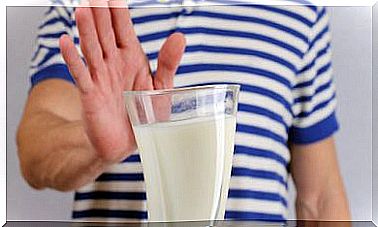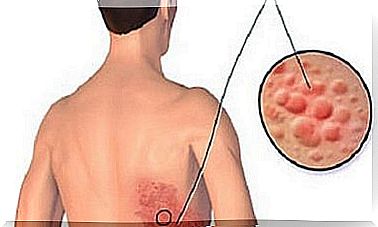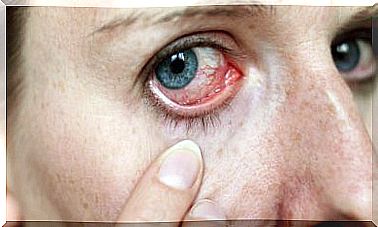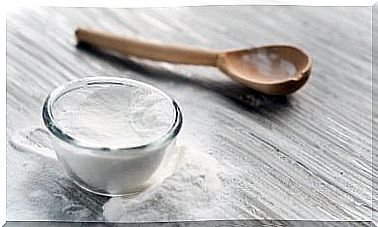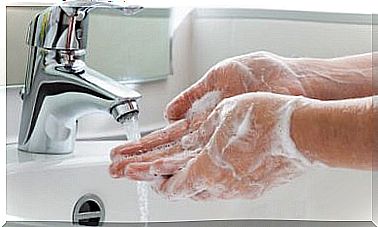Microplastics: How Do They Affect Health?
We know that we are exposed to a large number of pollutants; one of them is microplastics. But are they really harmful to our health? We know the main conclusions that science has reached so far. Discover them!
What are microplastics and where are they found?
Microplastics are very small solid particles of plastic material. These are particles smaller than 5 microns. Currently, they can be classified into primary and secondary microplastics.
The primaries are specifically manufactured in these very small sizes to be part of the manufacture of some products. On the other hand, the secondary ones appear as a result of the degradation of larger plastic parts.
Generally, it is the action of the sun, the wind and the waves that end up eroding the plastic that is in the sea, and these small pieces of plastic end up appearing.
Deliberately added microplastic particles (or primers) are used in a large number of products marketed throughout the world. They cover a great variety such as:
- Fertilizers and other phytosanitary products.
- Cosmetic products (makeup, glitter, scrubs).
- Household and industrial detergents.
- Cleaning products.
- Paintings.
Given its large presence, some organizations such as the European Chemical Products Agency, advise restricting the deliberate use by the industry of this type of particles.
Are they dangerous to health?

The impact of plastics on the marine environment is beyond doubt. However, it is not possible to be so forceful in the consequences on people’s health, since at the moment there is a lack of data to evaluate it.
In 2014, the European Food Safety Agency (EFSA) classified this type of particle as “a potential emerging risk”. However, in the same study, it made clear the lack of analysis and scientific data to know how they affect health in order to establish recommendations for the general population.
At the moment, it is known that particles larger than 150 microns are not absorbed by our body. And the smallest particles, in the beginning, have a very small absorption. On the other hand, if we talk about nanoparticles (very very small plastic particles), there could be a greater absorption.
For this reason, a greater number of studies are necessary to be able to more accurately assess how these particles are absorbed and what their toxicity is.
How do they reach our body?
One of the main routes of contact of microplastics with humans is through the food chain. These are found in the environment (especially the marine environment) and can be ingested by fish, livestock, or poultry.
However, in general, microplastics accumulate in the intestines and stomach of animals (which are eliminated) and are not usually consumed. So we can say that this contact channel is small.
The same does not happen with crustaceans and bivalve shellfish, since they are consumed whole. Furthermore, microplastics are not only found in animals ; They have also been found in other products such as honey, beer, sea salt and in drinking water, whether bottled or not.
Apart from the alimentary routes, the contact can derive from other sources. At the moment, the impact that cooking or baking can have on the presence of microplastics in food is unknown. Likewise, we come into contact with them through many everyday products such as cosmetics, detergents, textile fibers or machinery.
Contaminants associated with microplastics
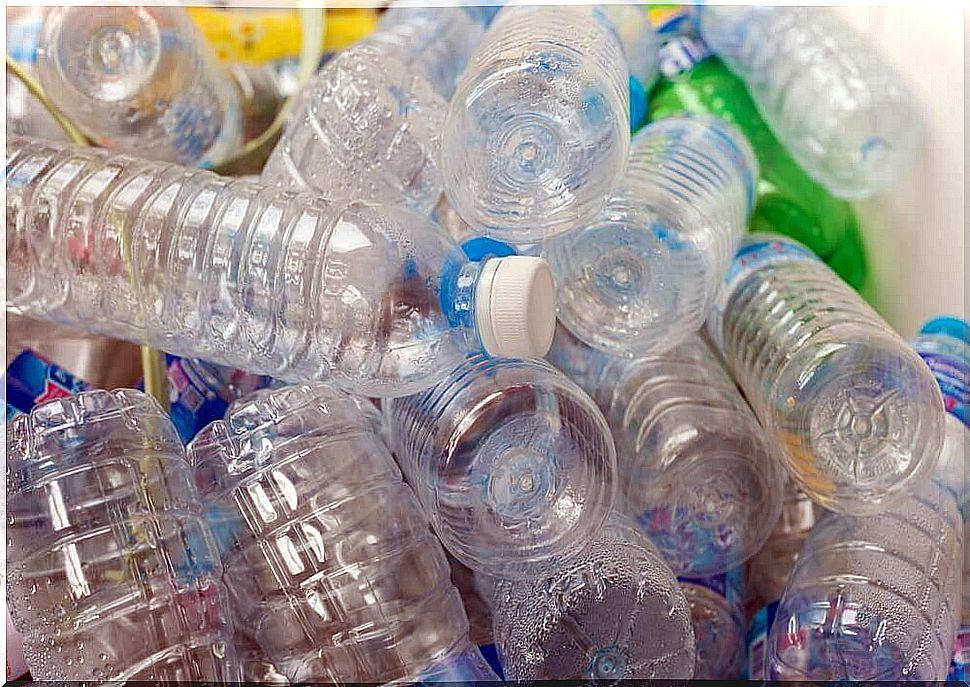
At the moment it is clear that more research is needed to determine the degree of toxicity that microplastics can have on human health. But a part of the experts are also concerned about the action of the pollutants that they may carry associated with.
Microplastics can contain around 4% additives, while they can absorb some contaminants. And the latter can be dangerous to human health .
Perhaps the best known of them is bisphenol A, a chemical compound widely used in the manufacture of plastics, which has been recognized as an endocrine disruptor. At the moment it has been prohibited in some type of packaging such as baby bottles. And we are also talking about phthalates, polycyclic aromatic hydrocarbons (PAHs) or polychlorinated biphenyls (PCBs).
Endocrine disruptors are substances that alter our hormonal system and can cause the appearance of some diseases such as some types of cancer, metabolic disorders, problems in reproductive function or cardiovascular diseases.
However, these chemicals are found today in a large number of products, and the percentage that reaches us through microplastics is very small.
It is necessary to continue evaluating the effects of microplastics
Humans are exposed to the ingestion and inhalation of microplastics. Toxicity and associated health problems will depend in part on size, associated chemicals, and dosage. Although data has been collected for approximately a decade, it is important and necessary to focus on this pollutant and its potential effect on human health.

